Meet the Maryland man who'd go to England for a light bulb and illuminate the world
OWINGS MILLS, Maryland − One of the world's great collectors of his kind was nervous, just a bit so.
Chad Shapiro gradually turned up the juice on his nearly 140-year-old light bulb.
Its filament glowed orange, as hoped.
It did not crack, shatter or blow. He purposely provided only half-power to this antique made in Thomas Edison's factory.
"Is that enough for you?" he asked his guests with a smile.
Certainly, this light bulb is still in working order after more than a century. But he would never try such an experiment with one of his truly rare finds, even older and more pricey − one of the very first perfected by Edison and his peers.
"A gun to my head," Shapiro fired back when asked what that would take. "They will never be lit."
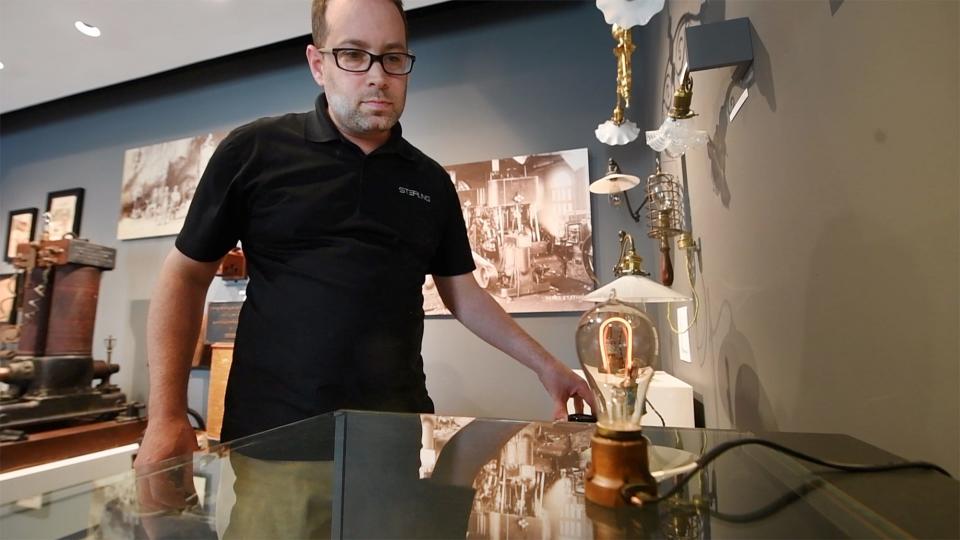
It would be too risky to mess with the kind of history that Shapiro has dedicated much of his life to researching, collecting, buying, displaying and hopefully, teaching.
His unmatched antique lighting collection grows in a few rooms of a converted warehouse in Baltimore County. Here, Shapiro has turned his home automation business store front into an unofficial museum of sorts.
He wants to tell a story. He wants to preserve and even help unravel the history that spurred the development of so much technology we rely on today.
Meet York's unsung heroes:With little fanfare or reward, these unsung heroes fight for York's future
Electric lighting "changed the world. It's important to see where we've come from," said Kathleeen Carlucci, museum director at the Thomas Edison Center in New Jersey's Menlo Park.
"What is more iconic than the light bulb?"
Shapiro's uniquities range from a 1930 store-counter bulb display (recent gift from actor John Lithgow), to the first meter used to measure electrical power to an Edison prototype mine lamp (only one in existence).
No one else, including museums, may own his range of rare light bulbs and the equipment that made them work − sockets, switches, meters, generators, conductors, underground cables.
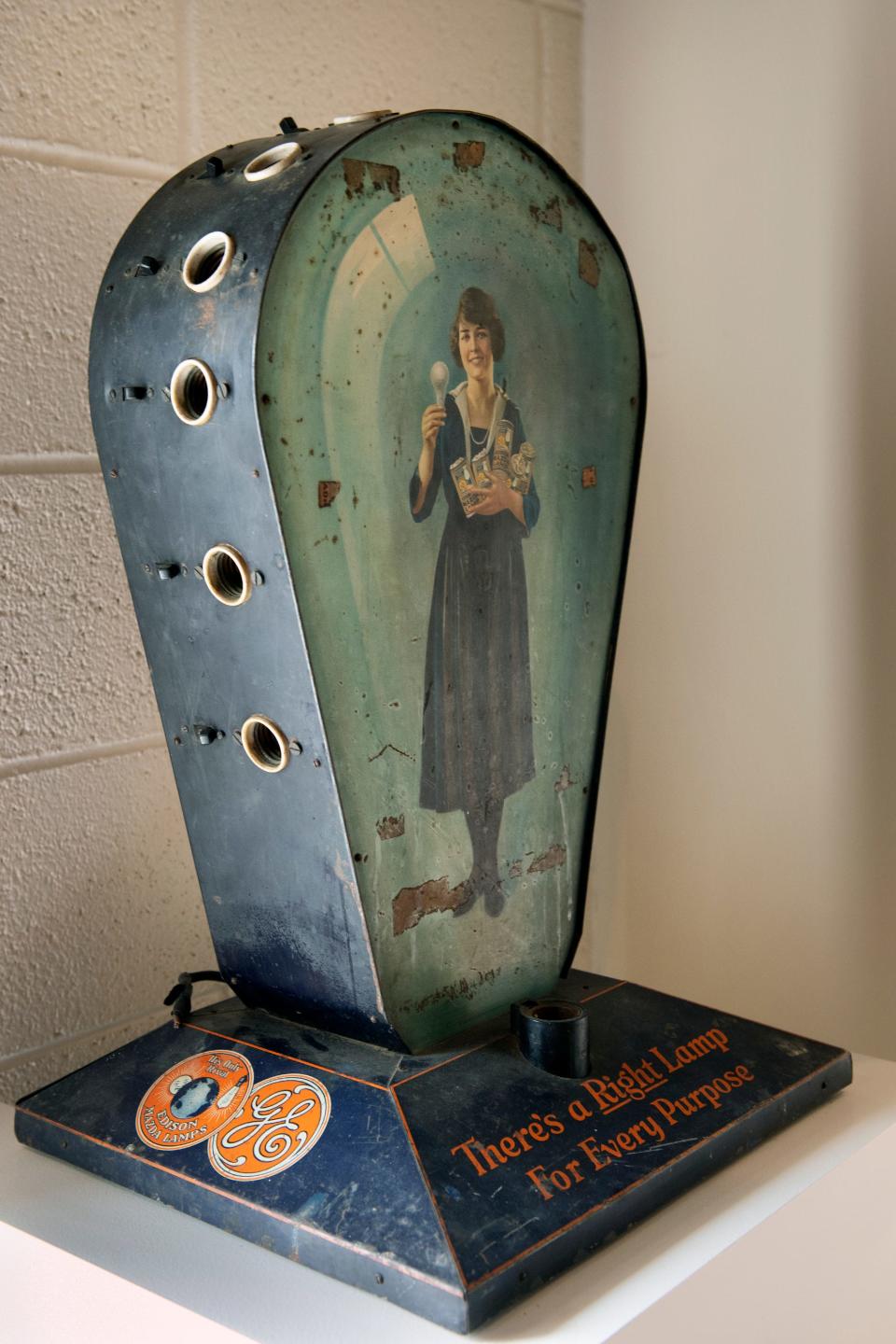
Shapiro, 38, is passionate about it all, which may seem like a very odd thing. Growing up, everyone else he knew collected coins, stamps, baseball cards. They worked on cars or played video games.
Instead, he latched onto his father's love of phonographs and everything Edison. As a teenager he worked part-time jobs to buy $500 old light bulbs.
“Nobody understood it. I was kind of a social outcast. I was a weird kid."
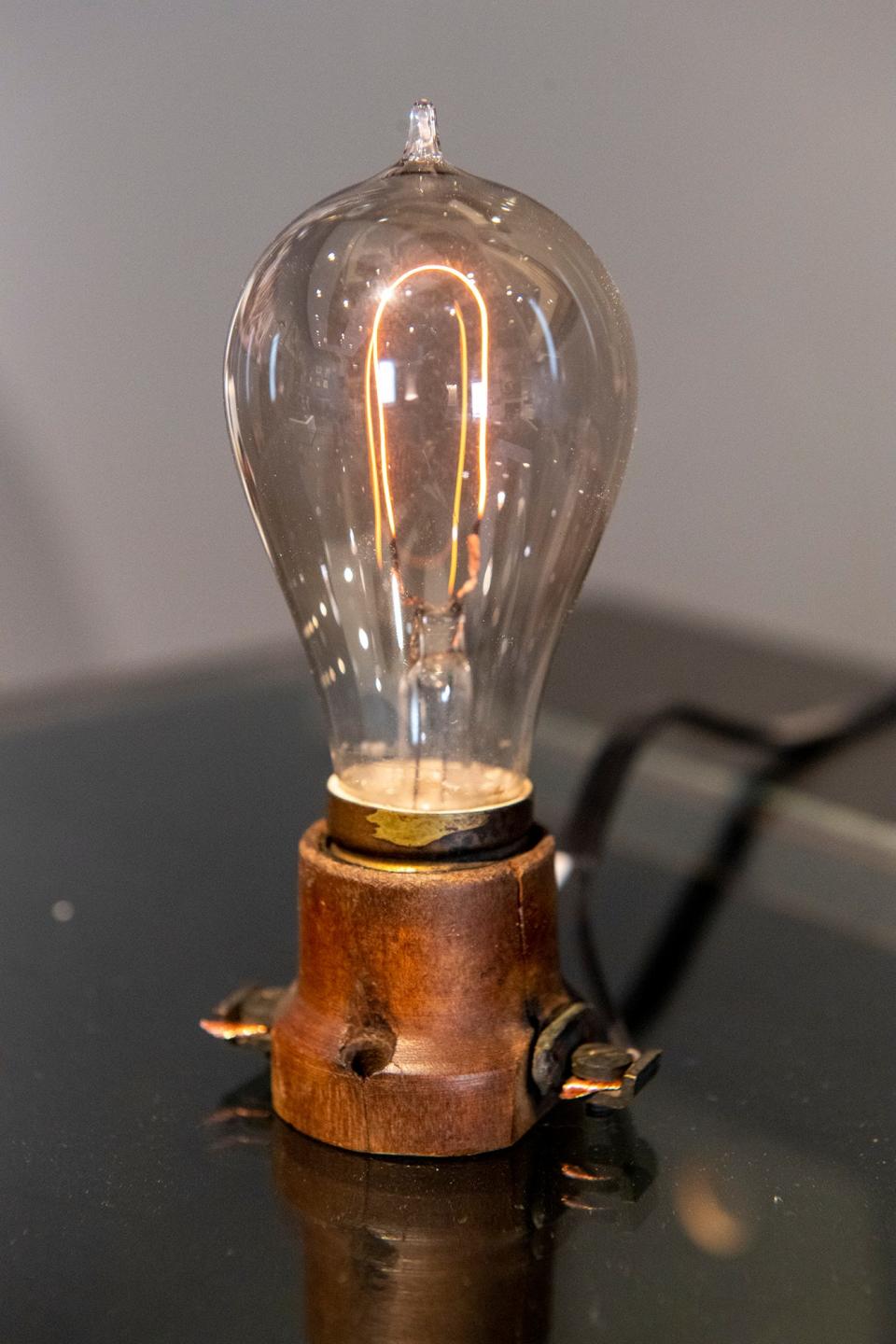
Shapiro finds it difficult to explain why he never wandered from this unusual path, why he has become so passionate about something most everyone else takes for granted − something just so utilitarian.
He does, after all, continue to cultivate rare light bulb "contacts" all over the world. A collector in Austria, for example, is his "eyes and ears and logistics" in Europe.
Shapiro has more than 500 bulbs in his collection, all from the earliest years of production (1879-1894), and won't hesitate to spend five figures on one, if he must. They are stored meticulously in protective boxes and locked in a safe or displayed in glass cases around his office.
The most important winless team?York High baseball didn't win, but the season was a success. What's next for the team?
At least some do understand this pursuit. Shapiro hosts an annual summer convention here, which draws about 50 fellow antique lighting aficionados from across the United States and Canada.
“My level of serious is not healthy for most people. I’ll go anywhere," Shapiro said. "If someone called me and said there’s a light bulb in England and you got to be here by the end of the week, I’ll get on a plane and go."
His partner of three years, Dennis Rothouse, admits that Shapiro talked about light bulbs for nearly two hours on their first date. He had no idea.
Four years later, he understands, too. Rothouse is the one who wrote CBS Sunday Morning about Shapiro's collection, and the nationwide weekly show obliged, eventually producing a four-minute piece on him.
After it aired this past winter, Shapiro received more than 200 messages ... from folks asking about light bulbs.
"It's not about making a profit, he never cares about money," Rothouse said. "It's telling a story and history."
The main theme is this: Edison's perfection of the light bulb and lighting system for mass consumption (no one knows who truly invented the concept, Shapiro says) enabled the development of life staples such as TV, computers, even iPhones.
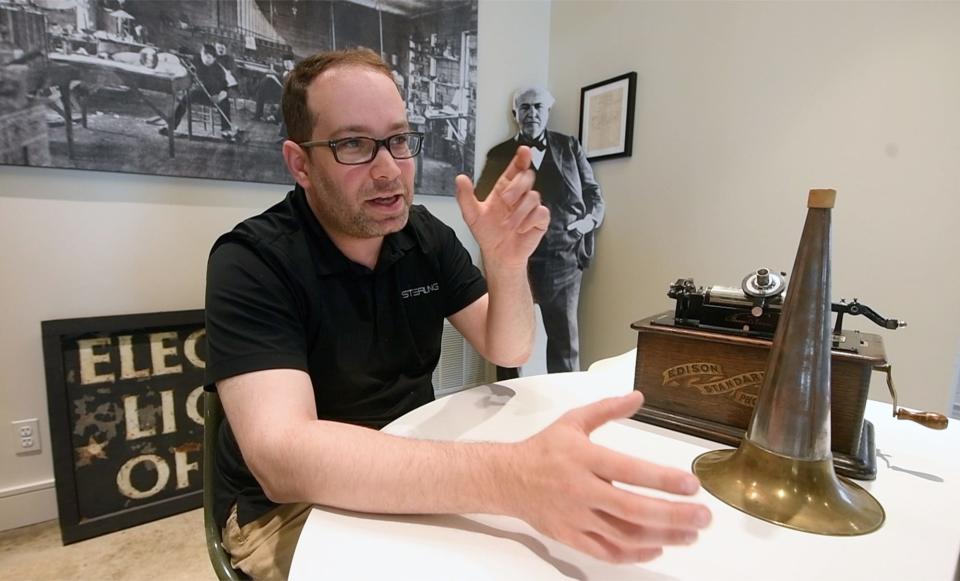
That is the story he longs to illustrate. Even now, his collection is unmatched because of "how he completes the pieces within the time lines, from this point to that. Not even the Smithsonian does that," said Al Makkos, a lifelong antiques dealer and electric lighting collector in New Mexico.
"He has a more complete story than the Smithsonian."
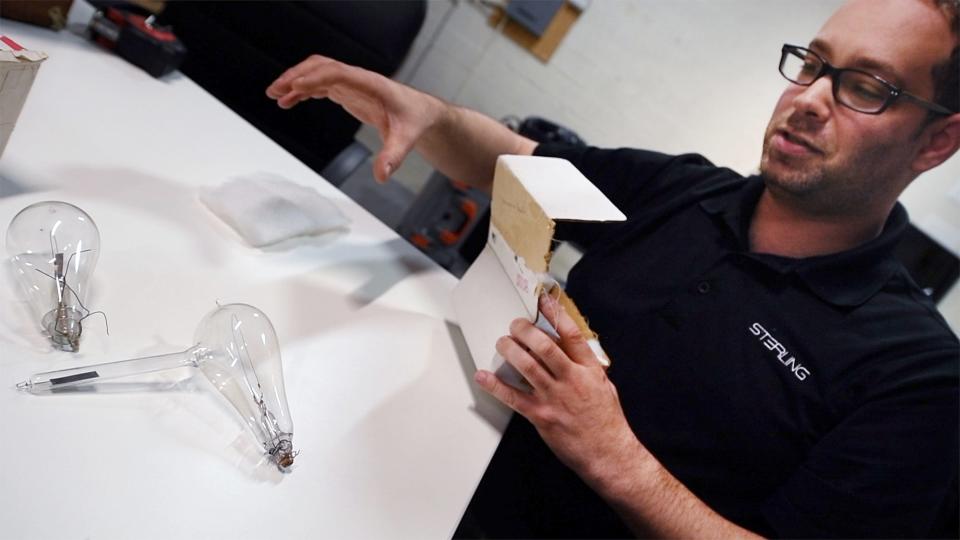
Shapiro has already guided the Menlo Park museum in "getting us to know better what we have in our archives," Carlucci said.
He wants to do even more consulting and educating those who are interested. (His collection can be viewed by appointment).
He shrugs off the fact that he may just own the greatest collection of anything, really, and at such a young collecting age. That's not really the point of his pursuit, he says.
“These are historical pieces that I take care of right now, and it’s my responsibility that they last longer than me. It’s not really mine, it’s history that belongs to everybody to be able to see.
Frank Bodani covers sports and human interest stories for the York Daily Record and USA Today Network. Contact him at fbodani@ydr.com and follow him on Twitter @YDRPennState.
This article originally appeared on York Daily Record: Baltimore County collector Chad Shapiro has Thomas Edison light bulbs

